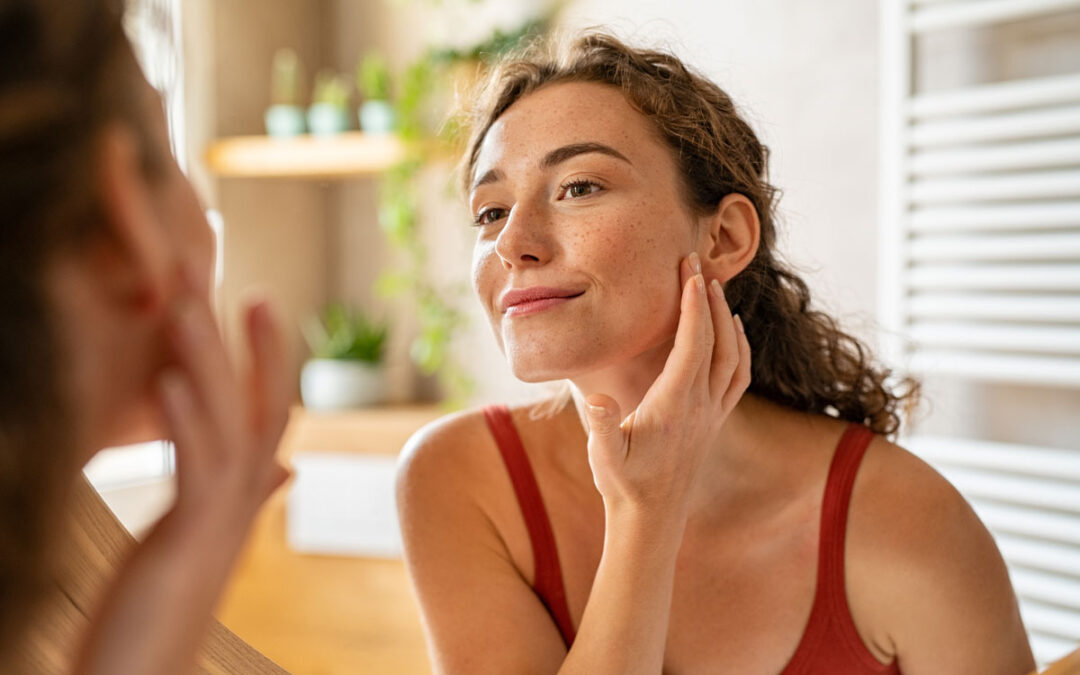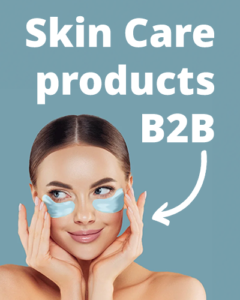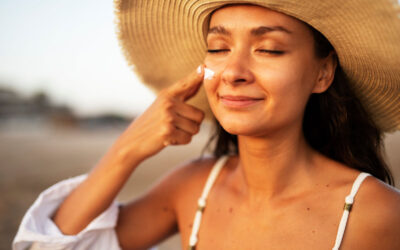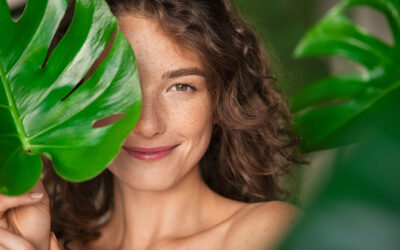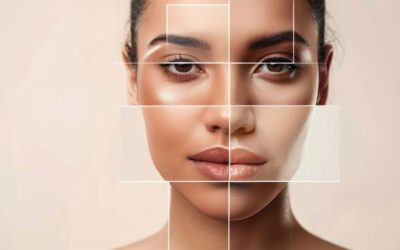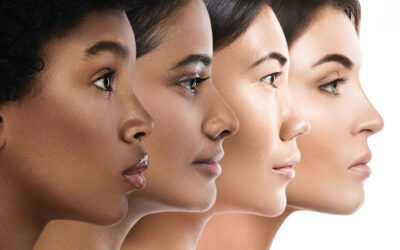Everyone wants to look their best but it is a sad fact that some people tend to forget to include their skin into putting themselves together for the best possible look. Keeping to a healthy skincare routine has a double benefit of not only giving you a healthier, younger look, but also helps delay the ravages of time as you grow older. The rest of this article intends to highlight the basic sequence to a healthy skincare routine, covering each major category that you owe yourself to keep in your beauty and makeup case.
Step 1: Cleanser
Use a cleanser that suits your skin type (normal, dry, oily, or combination). For dry skin, trade out foam for a creamy, non-foaming cleanser. This will cleanse the face of any lingering makeup without stripping the skin of its natural qualities. For oily skin, use a gentle foaming cleanser both times a day. Cleanser should leave skin feeling clean but not “squeaky clean.” You should use a dedicated cleanser over soap because most soaps are too harsh for facial skin. Furthermore, you should only favor gentle/light foaming cleansers because heavy foam can strip your skin of nutrients.
- When readying for bed, a foaming cleanser should be applied after removing your makeup.
- When rising in the morning, damp a cotton pad with water and refresh your skin with that.
Step 2: Sun Protection/Toner
Sun exposure causes wrinkled skin, meaning the sooner that you go about protecting your skin, the better. While sunscreen formulas used to be thick, greasy salves, today’s sunscreens are available with a lightweight, or even sheer, feel that is barely noticeable.
Sunscreen is best applied in the morning, directly after cleansing your skin. This sequencing matters because you want to get the sunscreen into your skin; you cannot accomplish this if there’re several layers of product between the sunscreen and your skin. In fact, several varieties of sunscreen can effectively double as moisturizers. You want a minimum SPF of 35 and apply that to your face, neck, chest, and the backs of your hands. Chest skin should be treated due to its sensitivity to sun damage.
Toner should come after both cleansing sessions. It helps to equalize your skin’s pH while also helping to clear away built-up dirt, oil, makeup and so on. Every skin type can benefit from a gentle, hydrating toner.
Step 3: Retinoid Cream (Optional)
Retinoids are creams that are rich in Vitamin A that encourage collagen development and smooth out fine lines. Because they are prescription strength, you can go far with just a little product. A good practice with retinoid creams is to apply them to the “nasolabial folds” (those lines that run along your nose’s exterior down to the corners of the mouth), the forehead, and also any crow’s feet. Covering these areas will further improve your skin’s resilience to aging.
Retinoids are optional because because not all skin types can handle them, they amplify your sensitivity to sun exposure and the required prescription means they are not cheap. Consider retinol products for a budget-conscious alternative; there are many products, including serums and moisturizers that feature retinol. Lastly, if you are new to retinoids, take multi-day breaks between use to to see how your skin reacts. If you notice no problems and your physician okays it, you can increase your use.
Step 4: Serum
Think of serums as creams that are super-charged with beauty features. Serum should be used on your face, chest, and neck during your morning and evening beauty routines. Once you have a budget in mind for your serum, consider your beauty concerns. Serums can ameliorate worries like the following:
- Acne
- Dark spots
- Improved collagen production
- Hydration
- Wrinkles
- Antioxidants
Step 5: Moisturizer and Eye Cream
The skin around your eyes is delicate and prone to wrinkling, meaning it also needs care. Furthermore, this skin is often the first part of the face to wrinkle. Simply place a small dab of eye cream over the lids using your ring finger and work any excess serum into your eyelids.
Moisturizer finishes off your basic skincare routine and can be acquired in several different textures and weights. The best moisturizer for a person is dependent upon their skin type and care.
- Oily skin needs something lightweight.
- Dry skin needs something rich and creamy.
- Normal skin just needs hydration.
Also note the rest of your routine; if you already use quality sunscreen, serum, and maybe a retinoid cream, you will be fine with a budget moisturizer. Lastly, remember to keep your hands moisturized.
Wrapping Things Up
If you want your skin looking its best, you need to have the components for a good skincare regimen. Cleanser, sunscreen, serums, moisturizers, toners, and maybe a good retinol or retinoid product are all you need. If this seems like a lot to take in, you can always look into a moisturizer augmented with SPF, antiaging, and antioxidant properties.

